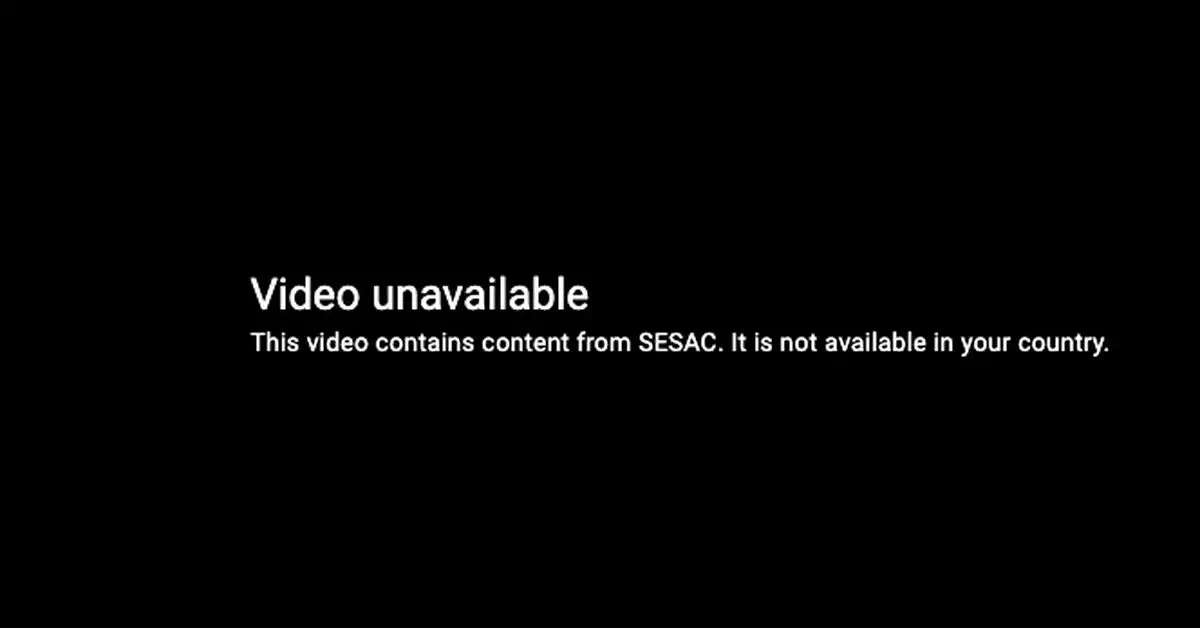Recent events have sparked considerable frustration among music lovers, particularly regarding the sudden disappearance of popular tracks from YouTube and YouTube Music. Iconic songs such as Adele’s “Rolling in the Deep,” alongside works from various celebrated artists including Kendrick Lamar, Britney Spears, and Green Day, have been rendered inaccessible due to legal licensing complications. A brief notification—“Video unavailable: This video contains content from SESAC. It is not available in your country”—has left many bewildered and disheartened, raising two crucial questions: who is SESAC, and when can fans expect their favorite tracks to return?
SESAC, short for the Society of European Stage Authors and Composers, is a well-established organization that plays a pivotal role in the music landscape. Since its inception in 1930, SESAC has evolved to represent over 15,000 songwriters, composers, and music publishers. Although smaller than its counterparts like BMI and ASCAP, SESAC boasts an impressive catalog of more than 1.5 million songs. The acquisition of SESAC by Blackstone, a leading private equity firm, in 2017 has further intensified questions surrounding its operational protocols and the implications for artists and consumers alike.
The abrupt removal of a portion of the music catalog from YouTube raises significant concerns about the current landscape of music licensing. The severity of the situation becomes evident when considering the complexities involved in negotiating deals between streaming platforms and rights organizations. YouTube’s spokesperson Mariana de Felice disclosed that efforts to renegotiate their existing agreement with SESAC were met with frustration, highlighting an ongoing struggle to reach a mutually beneficial arrangement.
With a searchable database containing the repertoire of SESAC, one would imagine clarity in terms of which songs are no longer accessible; however, the reality is different. Discrepancies abound, as certain tracks remain available while others are blocked, leading to confusion amongst users seeking to enjoy favorite songs. This inconsistency echoes broader issues regarding the accessibility of music in an increasingly digital world, where users expect seamless streaming experiences.
As negotiations between YouTube and SESAC continue, the road ahead appears complicated. It raises a broader question regarding the direction of music licensing and the implications for content accessibility in a digital age. The enduring nature of performance rights organizations like SESAC suggests that licensing agreements must evolve or face similar disputes in the future.
For music enthusiasts, the most pressing query remains: when will these beloved tracks return? Until a new deal is struck, fans will remain in limbo, reflecting the intersection of technology, copyright law, and cultural consumption in an ever-evolving entertainment landscape. The unfolding of this situation is a wake-up call to consider the power dynamics at play in the music industry and how they can adversely affect both artists and audiences alike.

